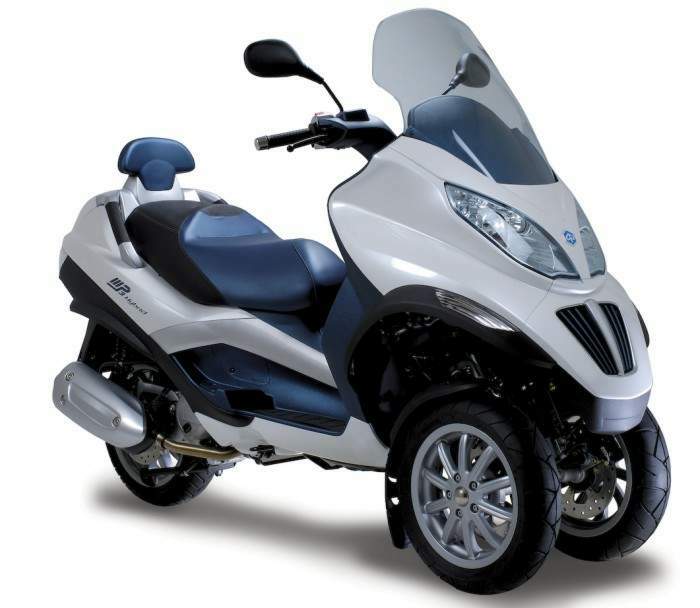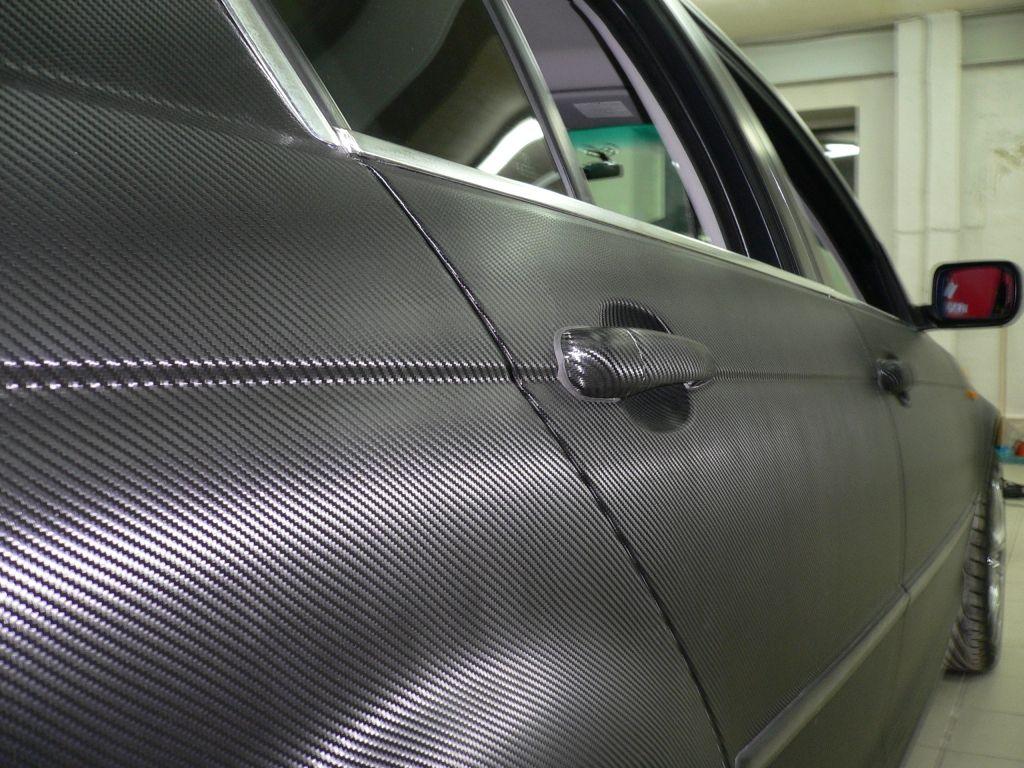
Piaggio MP3 Hybrid
Part of the success of the Italian mega-concern Piaggio lies also in the fact that it could always bring to the market at the right time a product that the masses desperately needed.
Due to the disorganized public transport, immediately after the war, he offered the impoverished and starving Italians a Vespa and a working Ape tricycle. Even during the heyday of plastic scooters, Piaggio played an important role, and today, in addition to many classic scooters, it also offers value-added scooters. Successes are coming.
With the MP3 Hybrid, he was also the first to offer a true mass-produced hybrid scooter, and if you're wondering if the time is right for that, consider the hubs of some of the world's capitals where the eco-friendly drive is (or will be) the only choice.
If we point out the MP3 Hybrid's biggest drawback from the get-go, which is its price, don't be discouraged. It's true that this same group also offers the most powerful mass-produced scooter for the same money, but when you read what this hybrid has to offer, you will find that it has a huge array of circuits, ICs, switches, sensors and other electronic coatings. so the price isn't that unreasonable.
At the heart of the hybrid is an all-standard MP3 with a built-in 125cc motor and an optional 3-horsepower electric motor. Both are modern, but not revolutionary anymore. Their work is perfectly coordinated, but they can work completely separately and, if necessary, help each other.
The electric motor also allows reversing and assists when accelerating, while the gasoline engine helps charge the battery. At the same time, the battery is also charged with excess energy that is released when braking, and of course it can also be charged via the electrical grid at home.
In theory, this is a perfect symbiosis that the driver can adapt to their needs with the simple push of a button. Switching between individual functions is instant and invisible.
Its own 125cc single-cylinder petrol engine should be enough for urban use, but since it has to carry almost a quarter ton of dry weight, for obvious reasons, that didn't convince me the most. At a top speed of about XNUMX kilometers per hour and acceleration, I easily put up with it, but since I know what the chassis of this tricycle is capable of, I really lacked the extra power when driving around the roundabouts and corners of Ljubljana.
When a gasoline engine is assisted by an electric one, the hybrid moves much more energetically, but its effect quickly fades. The operation of both engines is controlled by a single lever, which, with the help of the advanced VMS control module (a kind of "ride on the wire" system), makes the most of both. The VMS coordinates both motors perfectly, but the slow response can be annoying too.
Due to the high current flow, the electric motor is forcibly cooled by air and operates almost silently. At first, he slowly leaves the city, but after a good meter of travel, he pretty well pulls all the way up to a speed of about 35 kilometers per hour. He easily copes with the excess weight of his passenger, but cannot cope with steep and long climbs for two. The battery charge does not affect performance as it runs smoothly until the battery is completely discharged.
The hybrid convinces not only with its capabilities, but also with data that are of particular interest to those who are concerned about greenhouse gas emissions into the atmosphere. If the ratio between the operation of a gasoline and an electric motor is approximately 65:35, it emits 40 g CO2 / km into the atmosphere, which is about half that of classic scooters.
Since the essence of hybrid technology is also about lower fuel consumption, I spent most of the testing on this. The test hybrid was brand new and the batteries hadn't reached their peak performance yet, so a consumption of around three liters in pure city driving doesn't feel overwhelming. In a similar situation, his 400 cubic foot brother demanded at least a liter more. The plant says the hybrid can quench its thirst in just a hundred kilometers with just 1 liter of fuel.
How much does an electric ride cost? The power meter showed a consumption of 1 kWh to charge a fully discharged battery, which is enough for about 08 kilometers. At the price in force for household electricity consumption, you will spend a little less than a euro for 15 kilometers. Nothing, cheap. Charging takes about three hours, but after two hours the battery is charged to about 100 percent capacity.
Looking down the line, I find this hybrid to be an interesting mix of useful and less useful features. It is definitely the best choice in terms of performance and safety, it is bright and modern, it is also well made, environmentally friendly and economical.
At nearly half the price of the standard version, fuel economy is a decade-long project, but when you factor in battery life that takes up all the space under the seat, the calculation doesn't work out at all.
But it's not just about saving. Image and a sense of prestige are also important. The Hybrid has plenty of that and is currently the best in its class. First as a tricycle, then as a hybrid. I see, because he is the only one.
Face to face. ...
Matevj Hribar: Do you think it's worth it? No, no "calculations". The price is too high, the difference in power consumption compared to the gasoline powered scooter is almost negligible, and at the same time, the Hybrid has less luggage space due to the batteries, it is even heavier and therefore slower. But even the first Toyota Prius was not a mainstream car. ...
Piaggio MP3 Hybrid
Test car price: 8.500 EUR
engine: 124 cm? ...
Maximum power: 11 kW (0 km) at 15 rpm
Maximum torque: 16 Nm @ 3.000 rpm
Electric motor power: 2 kW (6 km).
Motor torque: 15 Nm.
Energy transfer: automatic transmission, variomat.
Frame: frame made of steel pipes.
brakes: front reel 2 mm, rear reel 240 mm.
Suspension: front parallelogram along the course of 85 mm. Rear double shock absorber, 110 mm travel.
Tires: before 120 / 70-12, back 140 / 70-12.
Seat height from ground: 780 mm.
Fuel tank: 12 liters.
Wheelbase: 1.490 mm.
Weight: 245 kg.
Representative: PVG, Vanganelska cesta 14, 6000 Koper, tel. №: 05 / 6290-150, www.pvg.si.
We praise and reproach
+ location on the road
+ visibility
+ uniqueness and innovation
+ workmanship
- there is no box for small things in front of the driver
– Slightly poor performance (no electric motor)
- battery capacity
– Cheap driving is available only to the rich
Matyaž Tomažič, photo: Grega Gulin, Aleš Pavletič
